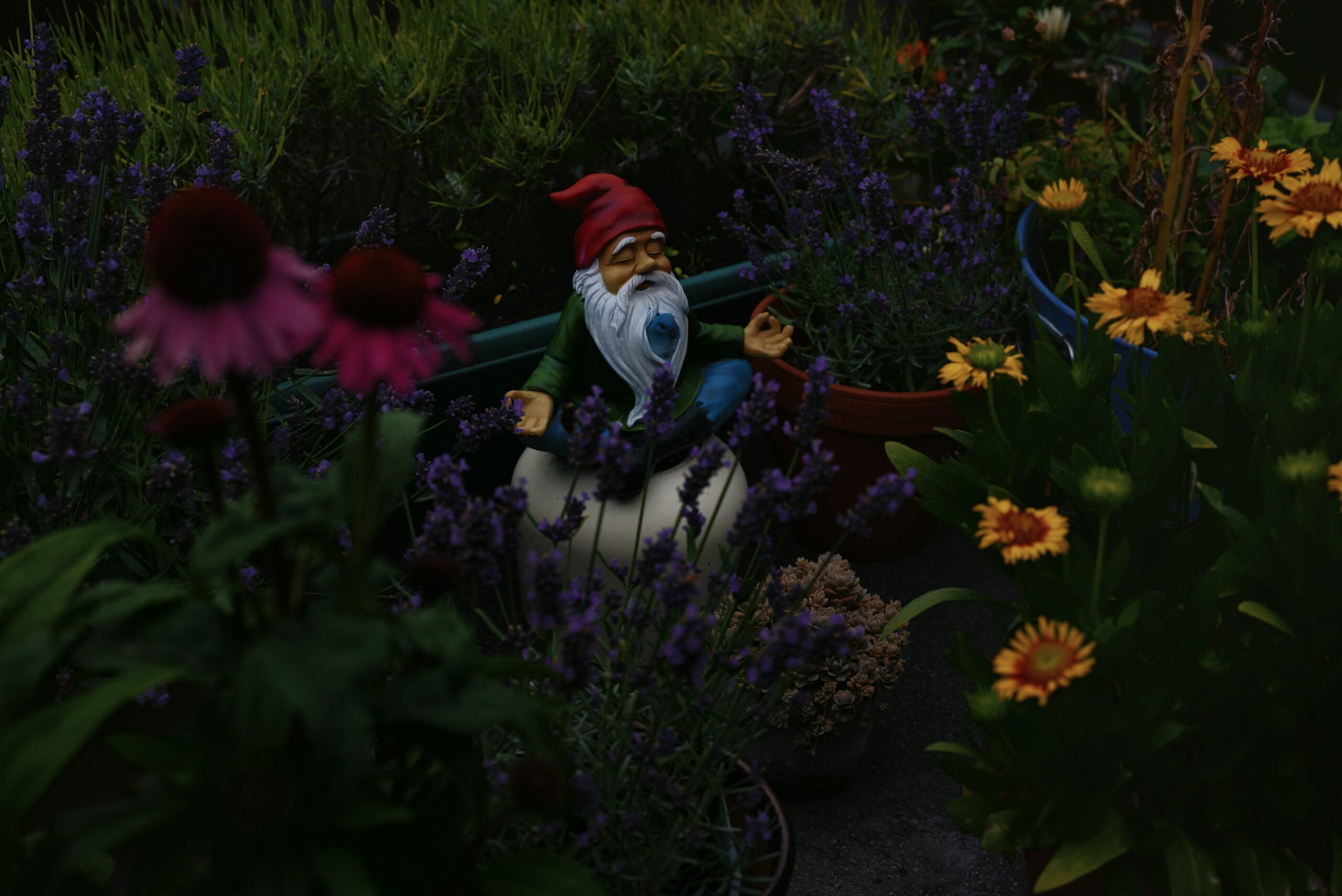A lot of people love Gnome. It hasn't clicked with me so far, but probably I did not give it a proper chance. It's time to do that.
In the past few months, I have become a fan of KDE. I have slowly built a workflow around it, learnt how to configure it. I can say that I am truly fond of it.
In all honesty, I would stick with it and stop experimenting, if things were perfect. But I have constantly encountered some difficulties:
- When I start my computer with an external monitor connected, the taskbar is not present and many of the configuration choices - the nicest part of KDE - are ignored.
- Sometimes, after locking the computer the content of the windows misbehaves badly: random black squares, missing text, missing window buttons, menus not responding.
- Sometimes applications misbehave out of the blue - probably not KDE's fault entirely, though.
It could be something related to drivers or something caused by my configuration. I have investigated the issues, with no real success. I also encountered many of these problems even after distro hopping KDE Neon - their own distribution.
Ubuntu to the rescue
I have used Debian in the past and I like its simplicity. Debian family is also a family which I am familiar with, so I will stick with it.
The aim is for an operating system very-very easy to install, with support for the basic tools that I use, generally low resource usage which would eventually get out of the way when I do my day to day tasks.
However, I will go with the beaten path of Ubuntu.
Beside Ubuntu, the operating system I was quite curious about was Pop!_OS. I have seen demos of it and it seems tailored close to my representation of how to use Gnome. I am also curious about using Elementary OS as a daily driver, which has a very comfortable implementation of workspaces.
I have previously written on how to create a bootable USB stick and install Linux, so I will just mention the links:
- https://draghici.net/2019/10/25/from-windows-home-to-ubuntu-desktop/
- https://draghici.net/2020/03/22/a-debian-desktop-experience/
- https://draghici.net/2020/02/02/install-alpine-linux-on-an-older-computer/
Customize it
The defaults of an operating system can only take you so far in building something to fit your needs. Luckily, most of them offer a good degree of customization.
Common changes
These are some changes I usually do, with each Debian operating system. I have written on the matter one some occasions:
- https://draghici.net/2019/10/25/from-windows-home-to-ubuntu-desktop/
- https://draghici.net/2020/03/22/a-debian-desktop-experience/
- https://draghici.net/2020/05/02/virtualmin-hosting-on-debian-10-buster/
I will just name a few of them:
- Enable swap, in case you want to use the hibernation option;
- Install git, curl, zsh, php, composer, nvm, sqlite;
- Install the grub-customizer;
- Install guake, htop, flameshot, timeshift;
- Setup openssh;
Ubuntu Gnome specifics
Guake
I have decided to use guake with gnome, as it seems to work better thank yakuake. I still am curious to try tilda. Command:
sudo apt install guake
Gnome tweaks
Install gnome-tweaks and some extensions with the following commands:
sudo add-apt-repository universesudo apt install -y gnome-tweak-toolsudo apt install -y gnome-shell-extensionssudo apt install -y gnome-shell-extension-system-monitorsudo apt install -y gnome-shell-extension-gsconnectsudo apt install -y gnome-shell-extension-dash-to-panel
Dash-to-panel is one of the extensions which deserves special attention. I am not sure about the performance impact yet, but it can radically change the aspect of your desktop. I was pleasantly surprised by what it offers.
Read more:
- https://linuxconfig.org/how-to-install-tweak-tool-on-ubuntu-20-04-lts-focal-fossa-linux
- https://gitlab.gnome.org/GNOME/gnome-shell-extensions
- https://askubuntu.com/questions/1231169/ubuntu-20-04-dark-mode-isnt-making-the-gnome-menus-dark
- https://www.linuxuprising.com/2018/08/how-to-remove-or-disable-ubuntu-dock.html
- https://fosspost.org/turn-gnome-to-heaven-with-these-23-gnome-extensions/
- https://itsfoss.com/customize-gnome-task-switcher/
- https://www.omgubuntu.co.uk/best-gnome-shell-extensions
- https://popey.com/blog/2020/12/my-must-have-gnome-extensions/
pop-os/shell
Since the first time I saw this option, I wanted to use it. This option alone is enough for me to want to use Pop!_OS, mainly for two reasons: it alone is interesting and if the people at System76 thought to implement (better) tiling window management.
First and most important, you must check that you are using gnome 3.36 or 3.38. You can do that by running: tail /usr/share/gnome/gnome-version.xml
If everything is ok, you need to do the following:
sudo apt install make node-typescript -ymkdir ~/.make && cd ~/.make
We will create the.makefolder in the users's home directory to keep track of what we have installed;git clone https://github.com/pop-os/shellcd shellmake local-install
Ensure to allow overwriting the Gnome keyboard shortcuts.
After the install, you need to go to Settings > Keyboard shortcuts and disable the conflicting ones:
- Shift + Super + Up
- Shift + Super + Down
- Super + Up
- Super + Down
Pop Shell Shortcuts
A good idea is to install the helper for the shortcuts. The following commands are necessary:
sudo apt install cargo rustc libgtk-3-dev -ycd ~/.makegit clone https://github.com/pop-os/shell-shortcutscd shell-shortcutsmakesudo make install
Remove it
sudo rm -r ~/.local/share/gnome-shell/extensions/pop-shell@system76.comsudo rm /usr/local/bin/pop-shell-shortcutsrm -Rf ~/.make/shellrm -Rf ~/.make/shell-shortcuts- Remember to reset the keyboard shortcuts to the defaults.
Read more:

